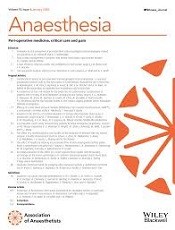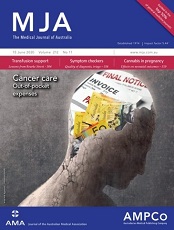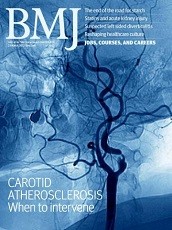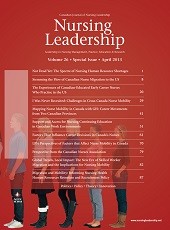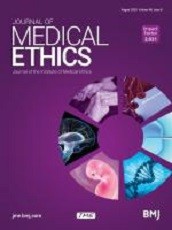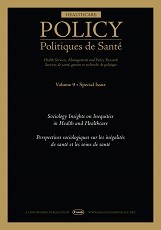James Downar, Sam D. Shemie, Clay Gillrie, Marie-Chantal Fortin, Amber Appleby, Daniel Z. Buchman, Christen Shoesmith, Aviva Goldberg, Vanessa Gruben, Jehan Lalani, Dirk Ysebaert, Lindsay Wilson and Michael D. Sharpe

Extract
Key Points
- First-person consent for organ donation after medical assistance in dying (MAiD) or withdrawal of life-sustaining measures (WLSM) should be an option in jurisdictions that allow MAiD or WLSM and donation after circulatory determination of death.
- The most important ethical concern — that the decision for MAiD or WLSM is being driven by a desire to donate organs — should be managed by ensuring that any discussion about organ donation takes place only after the decision for MAiD or WLSM is made.
- If indications for MAiD change, this guidance for policies and the practice of organ donation after MAiD should be reviewed to ensure that the changes have not created new ethical or practical concerns. . .
Downar J, Shemie SD, Gillrie C, Fortin M-C, Amber Appleby A, Buchman DZ, Shoesmith C, Goldberg A, Gruben V, Lalani J, Ysebaert D, Wilson L, Sharpe MD. Deceased organ and tissue donation after medical assistance in dying and other conscious and competent donors: guidance for policy. CMAJ. 2019 Jun 3;191(22):E604-E613. doi: 10.1503/cmaj.181648.
